With all the focus on STEM and standardized testing, the arts can wind up taking a back seat in the curriculum. That’s why it’s more important than ever to celebrate Music in Our Schools Month every March. After all, research supports the idea that music helps young brains develop in important ways, so adding music education to your classroom might just help boost enthusiasm and performance in other academic areas.
Check out these creative ways to make your classroom a more musical place this month and turn that STEM into STEAM!
Create a Classroom Playlist
Ask your students to contribute a song to your new classroom playlist—all they have to do is name a favorite, and you can set up the playlist in your favorite music streaming service or app. Try making two lists: one for upbeat, shake-out-the-sillies transition times to get heart rates up and smiles spreading, and another one for quiet reading and studying. Hint: The quiet list works best if you limit it to music with no lyrics. Commit to playing the classroom playlist at least once daily to fill your classroom with beautiful music.
Team Beat Boxing
You can make transition time a little more fun with this easy team-building activity. Divide students into small groups and have each group plan a short measure of rhythm. For example, the stomp-stomp-clap from Queen’s We Will Rock You is always a popular way to start. Encourage students to get creative with making sounds. In addition to using classroom instruments, try drumming with pencils, making silly mouth sounds, snapping fingers, or tearing paper. Get your classroom rhythm going by having one group start and maintain their beat, then gradually add in other groups until everyone is jamming together. Remind students that it only works when they’re listening to each other and working together!
Compose a Class Theme Song
Another great way to add music to your classroom and while simultaneously building community is to challenge your students to compose a class theme song. You can choose a popular tune and have students brainstorm to rewrite lyrics that have to do with the fun and funny things about their group (and, of course, about you!).
With older students, you can consider making this a full interdisciplinary unit with the music teacher to help kids compose an original tune. Writing the lyrics can dovetail nicely with a poetry unit, and you can add some art and computer skills by designing an album cover or music video for the song. This is an engaging project that can really bring a class together, and it can be as involved or as simple as you like.
Choose one of these activities to make your classroom a little more musical during the month of March — you’ll be glad you did!

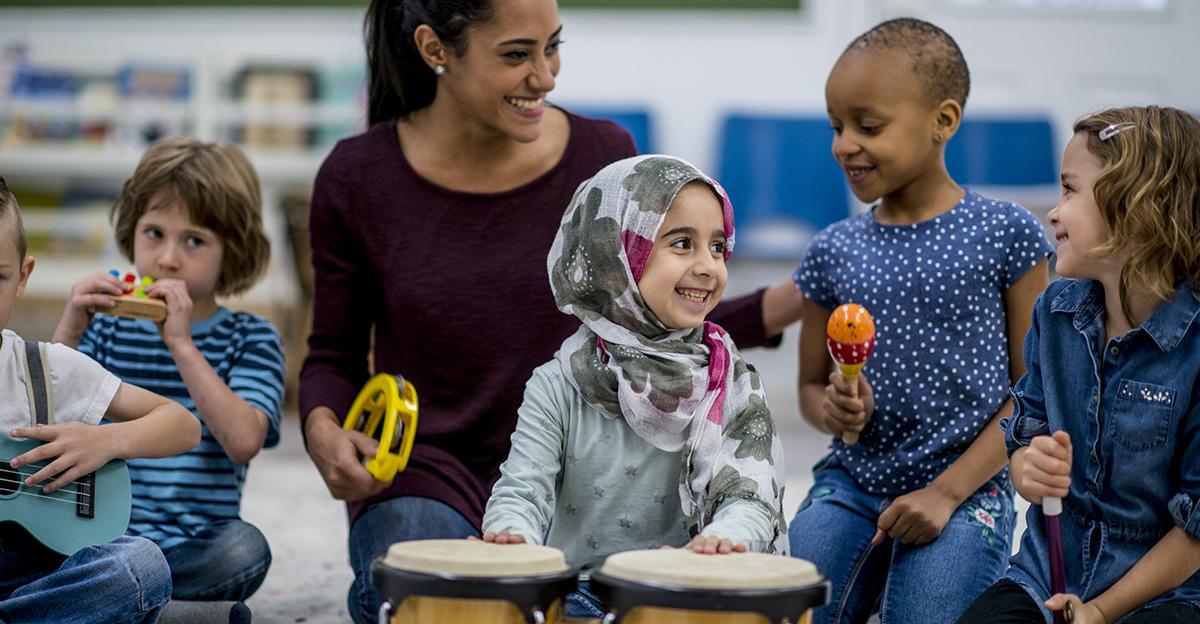
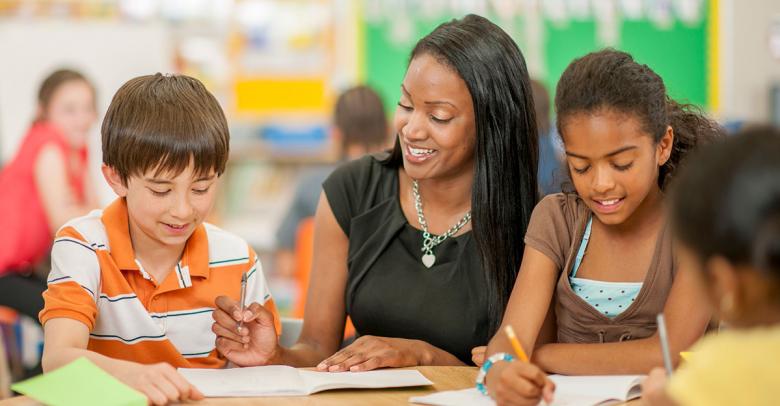
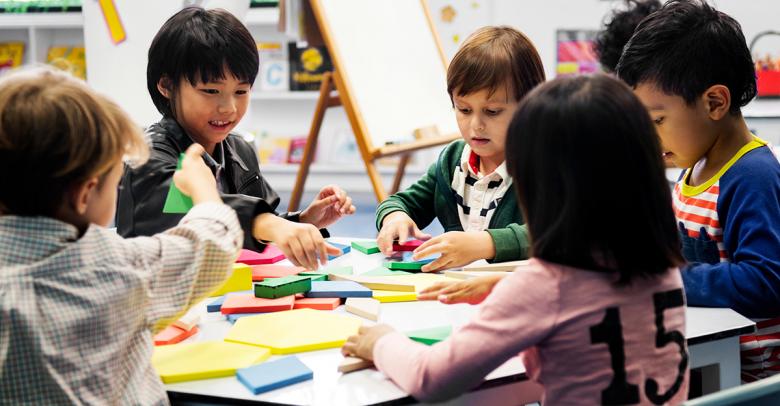
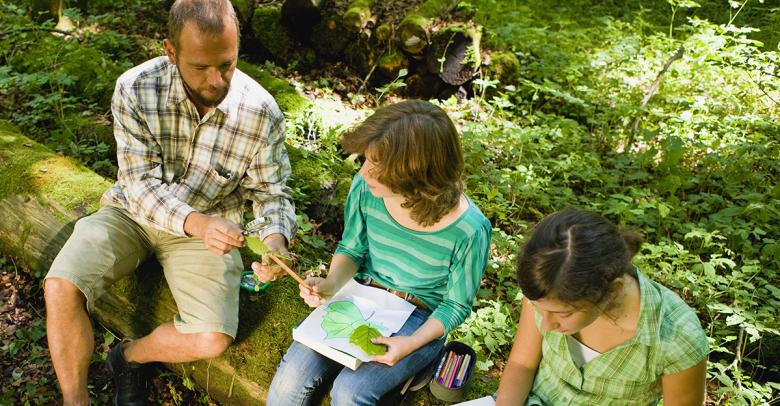
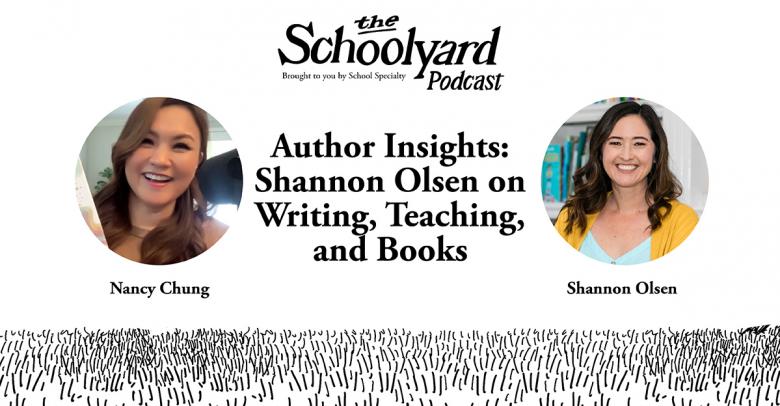
Leave a Reply